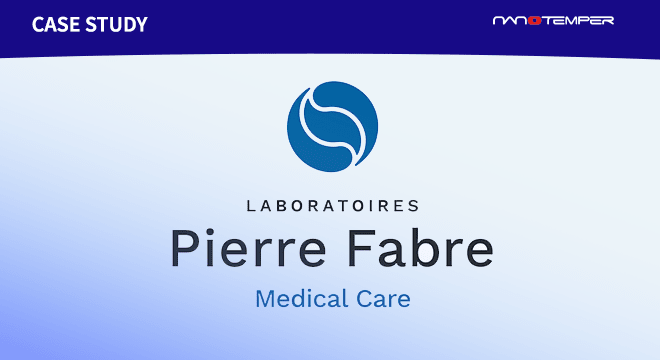Bailly, M., Mieczkowski, C., Juan, V., et al.
mAbs 2020, vol: 12(1) doi: 10.1080/19420862.2020.1743053
In this publication, the protein sciences group at Merck & Co. evaluates 152 human or humanized mAbs for their developability properties. They review the various developability properties they measure, as well as how they measure them. They then present two specific cases where early developability parameters for physicochemical properties correlate well with downstream success.
4 key takeaways from this publication:
1. High-throughput methods for developability assessment combined with in silico predictive tools are required for the future of antibody development
2. Some of the most straightforward assays that gave the most developability information without using a lot of material included: size exclusion chromatrography (SEC), nano-Differential Scanning Fluorimetry (nanoDSF), and Affinity-capture self-interaction nanoparticle spectroscopy (AC-SINS)
3. Humanizing one of their mAbs improved the developability properties, including increased Tm/Tagg (from nanoDSF) and purity (SEC)
4. A rationally-designed mAb subsequently had one key residue substituted with different amino acids; self-interaction (kD using DLS) and viscosity measurements were critical to determine that all the variants had less favorable properties
See how Prometheus Panta helped this group evaluate some of these developability parameters here.
Topics: Prometheus, nanoDSF, Antibodies, Biologics, Publications


















